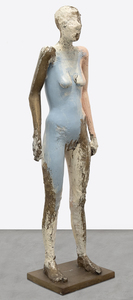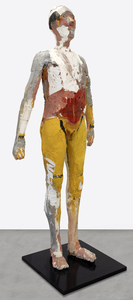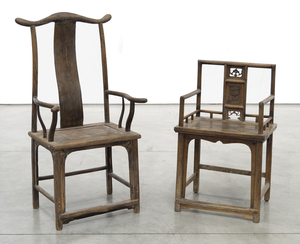انضم إلى مدير الفنون الجميلة هيذر جيمس ، توم فينديتي ، وهو يقوم بجولة في معرضنا الرئيسي في بالم ديزرت ، كاليفورنيا. نشعر بأننا محظوظون لوجود توم. قبل انضمامه إلى هيذر جيمس للفنون الجميلة ، أمضى توم 14 عاما كمدير أول للفنون في مجموعة بول ألين المذهلة ، التي سجلت مؤخرا العديد من الأرقام القياسية الجديدة في مزاد علني في عرض مظفر لقوة سوق الفن.
تسعى هيذر جيمس للفنون الجميلة إلى تقديم مجموعة واسعة من الفنون ذات الأهمية التاريخية والجاذبية الجمالية ولا يمكننا التفكير في أي شخص أكثر قدرة على تقديم رؤى حول كلود مونيه مع تقديم منظور مستنير بسلاسة حول وصول جديد رائع من قبل واين ثيبود. نأمل أن تستمتع برحلة توم المنسقة عبر العديد من الأنواع والفنانين المتميزين وأن تبلغك وتلهمك بزيارة موقع Palm Desert لمشاهدة المجموعة شخصيا.
يسرنا أن نعلن عن ساعات الشتاء في موقعنا في بالم ديزرت في 455188 بورتولا أفينيو: من الاثنين إلى السبت من الساعة 9:00 صباحا حتى الساعة 5:00 صباحا.

_tn27843.jpg )
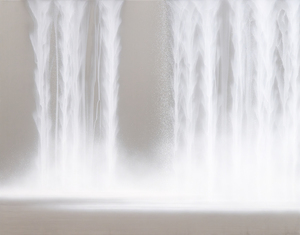
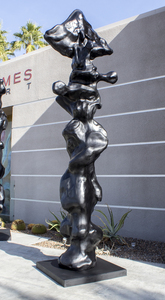
_tn46214.jpg )
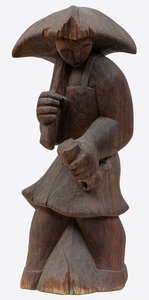
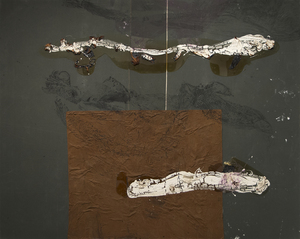
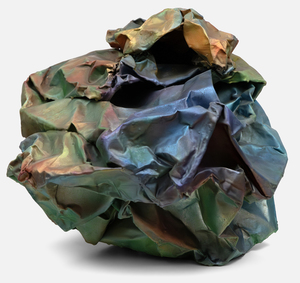
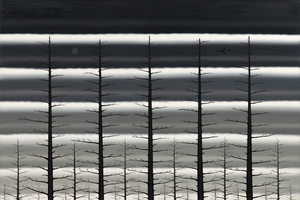
_tn39239.jpg )
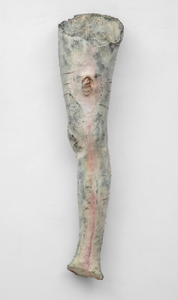
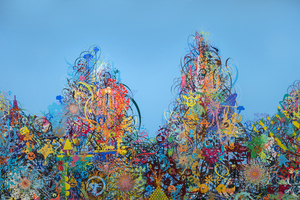
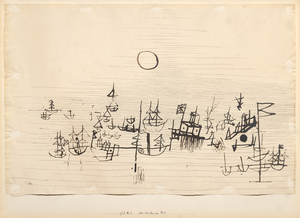
_tn28596.jpg )
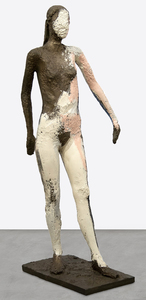
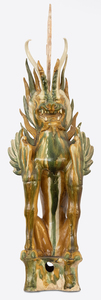
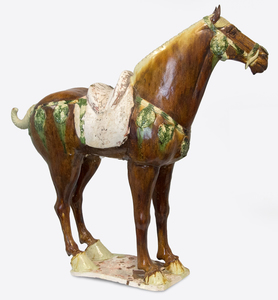
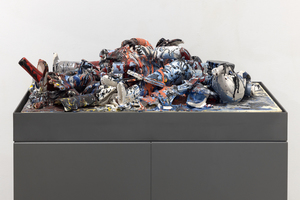
_tn47033.jpg )
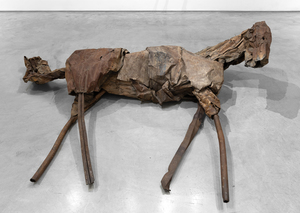
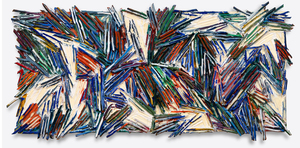
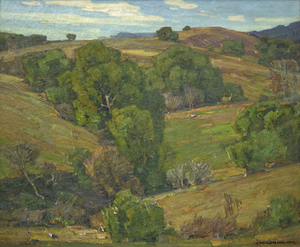
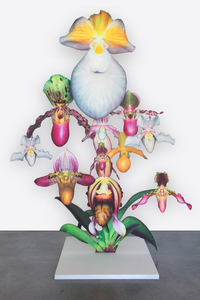
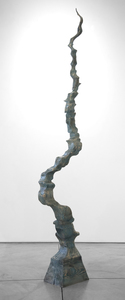

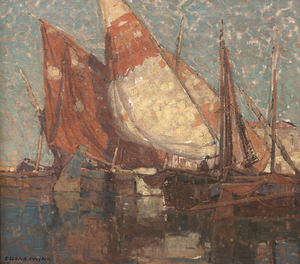
_tn16764.b.jpg )
_tn40803.jpg )
